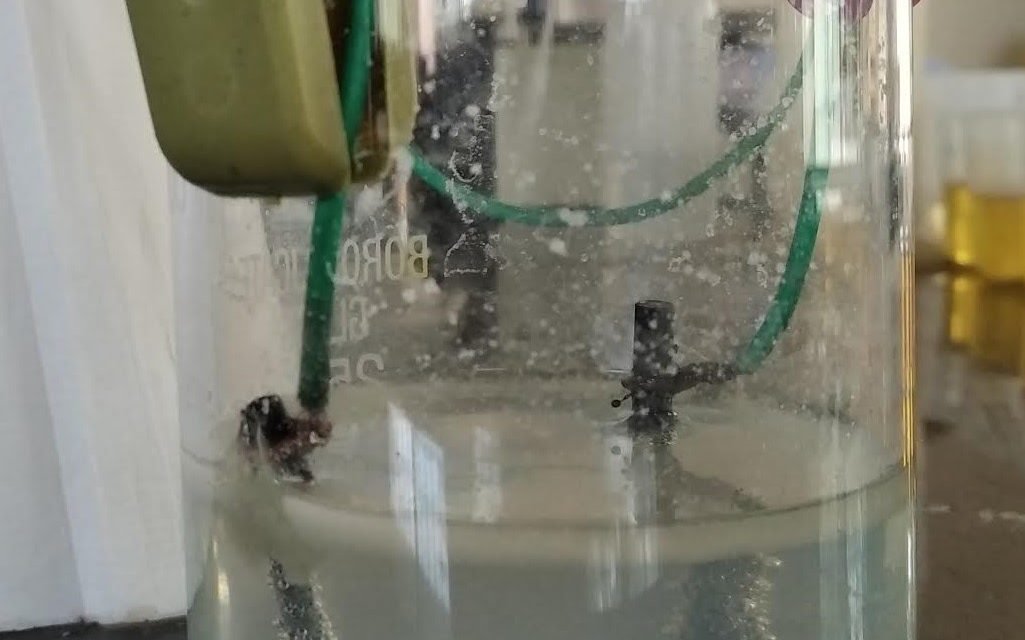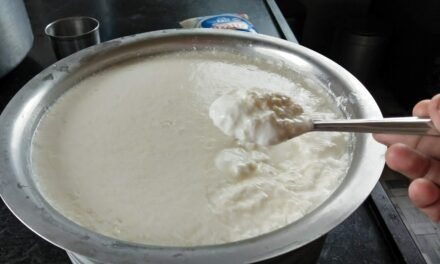Need of project :
Covid 19 is an infectious disease.It spreads primarily through contact with an infected person when they cough or sneeze. It also spreads when a person touches a surface or object that has the virus on it, then touches their eyes, nose, or mouth.
At Vigyan Ashram, Pabal we are working on a disinfectant solution of sodium hypochlorite. We use this solution for surface sterilization and also for body disinfection.We purchase several necessary things such as vegetables, feed of animals, groceries from market but we can not sure that these purchased things are disinfectant.So we had prepared this solution which we can use at home to disinfect
Aim: Preparation of sodium hypochlorite (NaOCl) by using common salt (NaCl) by electrolysis process.
Image 1: Schematic diagram of electrolysis process
Requirements:-
1) Sodium chloride (NaCl).
2) Distilled water (H2O).
3) Magnetic stirrer.
4) Carbon electrodes.
5) DC power regulated supply.
6) pH paper/ pH meter
7) Clips, connecting wires.
Reactions:
- 2H2O(l) + 2NaCl → H2(g) + Cl2(g) + 2NaOH(l)
- 2NaOH + Cl2→ NaCl + NaOCl + H2O
Calculations :
For the prepartion of 0.1% NaOCl required 1.57 gm of NaCl in 1000 ml of distilled water.(According to the calculations followed by reaction.)
Faradays law states that,the mass of substance deposited is directly proportional to the quantity of electricity.
1 Faraday = 96500 C,
So, 1 mole of NaCl required 2590 C charge, 1 A current and time will be 43 min.
Procedure:
Preparation of 0.1% NaOCl solution
- Weigh 0.15 gm of NaCl.
- Take100 ml distilled water.
- Add 0.15 gm NaCl in 100 ml distilled water. Mix well using a magnetic stirrer.
Image No 2: setup of the electrolysis process
The protocol for the electrolysis process:
- Dip two carbon electrodes into a 100 ml NaCl solution.
- Pass 15 V, 2 A DC supply for 30 min.
- During the reaction, the colour of the solution will change into yellowish-green and gradually odour also changes.
- Check pH before starting the electrolysis reaction and after the completion of the reaction.
- It should be between the 9-11 pH range.
Salts are 100% dissociated into cations and anions in water and hence increase the ionic concentration for increasing conductivity. But the cations and anions from the salt also will be attracted towards the electrodes and hence become competitors to the decomposition of water to produce hydrogen and oxygen. So, the selection of salts with non-competing ions becomes necessary.
Salts containing lesser standard electrode potentials than hydrogen and hydroxide ions are suitable for the electrolysis of water.
Image no 3: Final solution of sodium hypochlorite.
Result:
Solution of sodium hypochlorite has been prepared which is concluded by odour,colour and pH of solution but we cannot reached to the final analysis of solution due to some requirements.
Conclusion :
We conclude that carbon electrodes which we had used are unable to pass required current, that’s why it takes lot of time and carbon of the electrode disintegrated and made solution turbid so the final solution of sodium hypochlorite could not be achieve.




